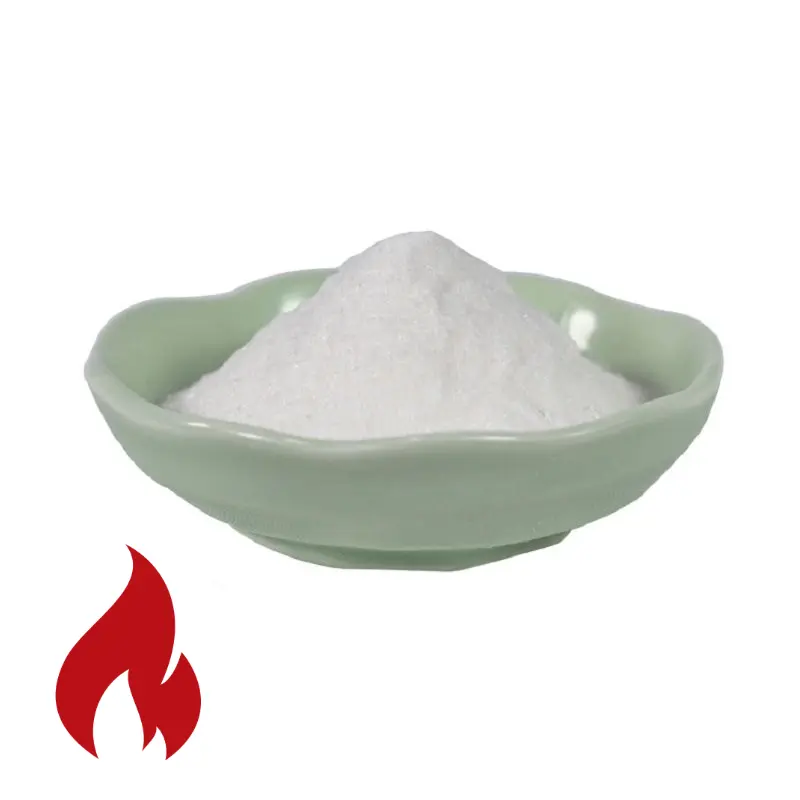Hebei Messi Biology Co., Ltd. stated that flame retardant materials on the market generally include magnesium hydroxide, aluminum hydroxide, etc. However, the flame retardant effects of magnesium carbonate and magnesium oxide are also very good. According to different volumes, magnesium oxide is classified into light magnesium oxide and heavy magnesium oxide. Compared with other types of inorganic flame retardants, light magnesium oxide has better smoke suppression effect, and is also flame retardant and anti-drip. , acid resistance, alkali resistance, wear resistance, high temperature resistance and other multiple functions.
Light magnesium oxide is an odorless, tasteless, non-toxic white amorphous powder. It is difficult to dissolve in water, insoluble in alcohol, and soluble in acid or ammonium salt solution. The solubility in water increases with the increase of CO2 content in water. The melting point is 2852°C, the boiling point is 3600°C, and the temperature is above 1000°C. Burned at high temperature, it can be transformed into crystals. When the temperature rises above 1500°C, it will become dead burned magnesium oxide or sintered magnesium oxide, absorbing carbon dioxide and water in the air to generate basic magnesium carbonate.

When light magnesium oxide is heated, the decomposed material can absorb the heat during a fire and prevent the temperature from rising. At the same time, it releases a large amount of water to dilute the oxygen on the surface of the fuel, and decomposes to generate active magnesium oxide. Adhesion to the surface of combustible materials further prevents combustion from proceeding.
